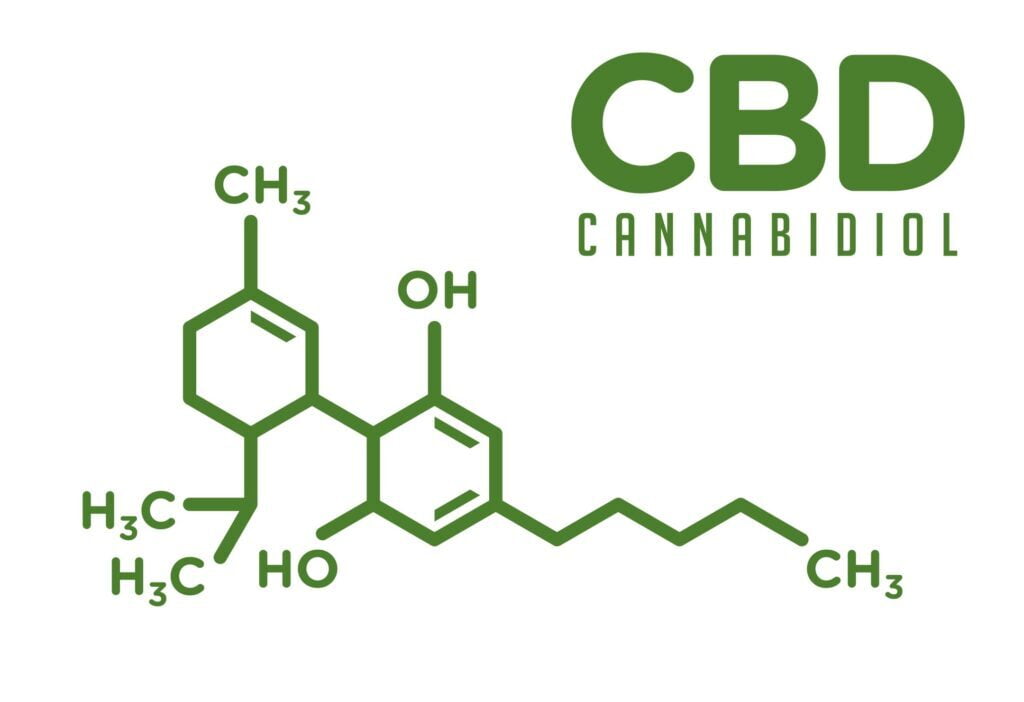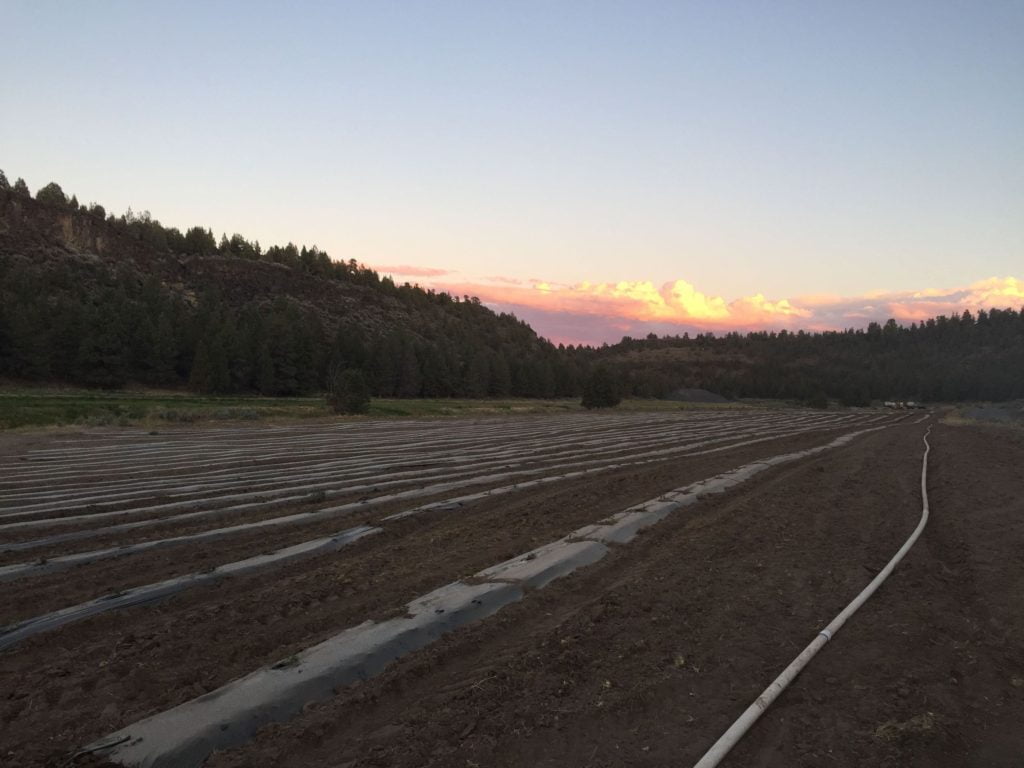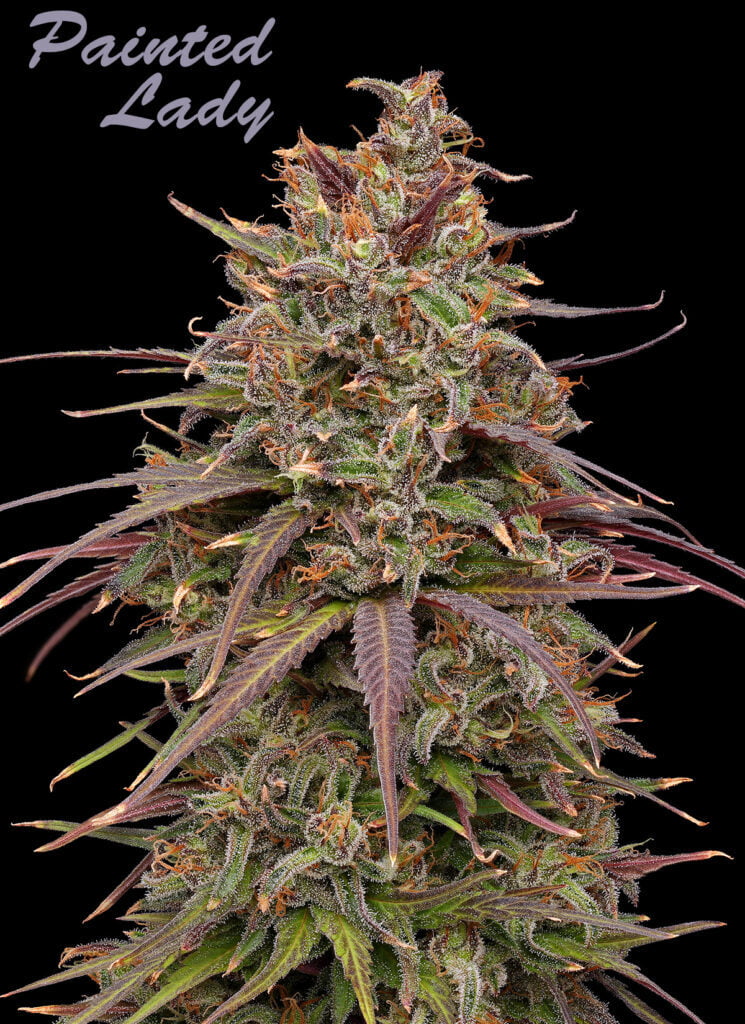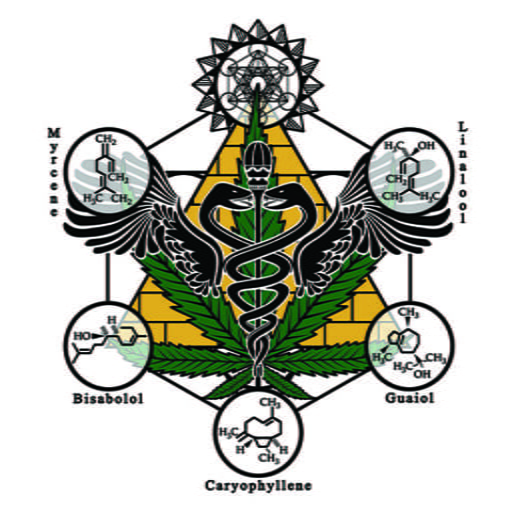
With revisions to the 2018 Farm Bill solidifying Hemp as a crop and the popularity of CBD continuing to rise. Many farmers are looking to Hemp and asking themselves a common question: How profitable is hemp? Or, How much could I profit on each acre of CBD hemp? This is a very good question, the answer is not as straight forward as with many other crops. Hemp may very well be the most useful and versatile plant on our planet and the opportunities for end use are broad. Depending on the method used, quality and the amount of CBD produced; Hemp grown for CBD could be worth anywhere from $2,000 to upwards of $30,000 per acre.
Allow me to elaborate.

Cannabinoids
A big reason farmers have become interested in hemp farming is the rise in popularity of cannabinoids and specifically CBD. CBD is short for Cannabidiol, and it has been making headlines since the early 2000’s. Today we have evolved, to a place where CBD is being put into practically every type of consumable on the shelf and being praised in the headlines for its role as a powerful anti-inflammatory. Since the discovery of CBDs anti-inflammatory and pain relieving attributes, it has become one of the fastest-growing product enhancements, and one of the most profitable new crops for United States farmers. Figuring out how profitable CBD hemp could be for your farm will take some research and assessment.

Agronomics & Horticultural
There are two primary methods you can use to farm hemp for CBD – agronomic or horticultural. The agronomic method is essentially farming hemp as it has been done for centuries in an open field of rows and comes with the lowest risk and input costs. Horticultural utilizes methods to grow hemp that maximize the environmental conditions for the cannabis plants to thrive and requires more intensive management and equipment than agronomic crops. Horticultural growing is also difficult to scale and should be approached in smaller steps. Greenhouse horticulture is typically the pathway towards the highest and most profitable terpene rich hemp flower which can be sold for upwards of $300 per pound for the highest quality, but growing it successfully is no easy feat. Hemp grown at this level is treated more like dispensary grade recreational cannabis, than an industrial crop.
The two basic pathways for CBD Rich Hemp
Terpene Rich Hemp Flower (Smokable market)
Growing hemp specifically for the smokable hemp market is the most complicated but also the most profitable. Male plants do not produce flowers rich in resins, and seeded plants are undesirable. Requiring that all plants in the field be female when growing for CBD and every cycle new seeds or clones be obtained for propagation. Sowing and sprouting all female plants is achieved through feminized seed. Securing the right genetics is one of the most important parts of growing hemp. Not only to assure you maintain compliance with the 0.3% THC regulations, but that the plants are sizable, cannabinoid rich, and able to fully mature in the field.
Hemp Biomass
Selling “hemp biomass” for extraction is the most popular bulk or wholesale pathway to revenue for field crops. The term causes a little confusion as its commonly used with two separate meanings. Some use the term biomass to mean everything left over after the CBD flower or buds on the plant have been harvested. Those are the parts that contain the majority of the plant’s resin, terpenes, and cannabinoids. The reason is that these other parts of the plant, like the stems and leaves, still have many uses and value. However, what extractors are looking for is also referred to as ‘hemp biomass’ and includes the flower or bud portions of the hemp plant. Having a much higher value to the extractors. The latter is typically priced by the pound to be sold to hemp extraction facilities who specialize in extracting cannabinoids from the biomass.
Extractors create various extractables which we’ll go into below. Terpenes are another big contributor here. Having plants with strong odors and flavors will directly relate to a more valuable product. CBD numbers might draw a consumer interested in smoking hemp to your product, but the truth is that flavor is ultimately what the consumer is looking for to create the experience considered to be a high quality smoke.
Full Spectrum CBD
Full spectrum CBD oil is extract of the full or whole profile of beneficial cannabinoids and terpenes from the cannabis plant. Also referred to as whole plant CBD, this product will contain trace amounts of THC, but not enough to be considered intoxicating.
Distillate
The middle ground option between isolate and full spectrum CBD. It begins as a full spectrum oil, with the full range of beneficial cannabinoids and terpenes, but it then goes through a refinement or distillation process to remove as many of the compounds outside of the CBD as possible. It contains all of the same beneficial chemical compounds except for many of the terpenes and flavonoids, removing some of the beneficial impact from the entourage effect but making it safer and more consistent for value added products.
CBD Isolate
Isolate refers to hemp oil refined so that the CBD has been isolated from the rest of the compounds in the cannabis plant.
After the hemp oil concentrate is extracted and separated from the rest of the compounds in the plant, it then goes through a second solvent extraction or a chromatography process, which extracts any remaining waxes, terpenes, or cannabinoids creating a CBD product that tests as high as 99% pure CBD.

Quality
The last piece of the puzzle is quality over quantity.
There are many factors that add up to a quality hemp product and here are some things to consider.
– Is your biomass below 0.3% THC? ( Delta 9 + (THCa x 0.877) )
Even if considered legal in your state under Delta9 testing. Hemp biomass above .34%THC may not be legal to cross many state lines and this may limit who can lawfully purchase your biomass.
– How terpene rich is your hemp?
Without terpenes the options for hemp biomass narrows significantly. Whereas the more terpene rich the biomass is, the more options become available.
– How much CBD does your hemp contain, and does it contain minor cannabinoids other than CBD?
The higher percentage of cannabinoids, the more can be earned because pricing is somewhat dependent on the amount of CBD/CBG/CBC per pound (measured by dry weight).
– What shape and density are the flowers? Were they fully developed?
This is a big factor, many fly by night hemp seed sellers popularized the general idea that harvesting plants early is a way to maintain 0.3% THC compliance. Cannabis is a plant that only properly ripens in the later stages of its life. This means harvesting hemp early is not only sacrificing weight in the field and overall yield but also costing you critical compounds such as terpenes and flavonoids which make your crop more desirable. Having the proper genetics to increase yield in both cannabinoids and flower structure or density, will make a significant difference in the profit a farmer can make per acre.
– What is your average weight per plant?
A commonly overlooked detail where genetics can make a big difference. CBD percentages are directly related to biomass sales. But plants that require early harvest can dramatically lower your overall yield per acre.
– How was it harvested?
Harvesting method is often an overlooked attribute that can influence the quality and price of your product. A study found that hand-harvested plants may retain as much as 20% more of their total CBD content than mechanically harvested plants, which destroy the fragile CBD rich trichomes. The trichomes encapsulate the cannabinoids and protect them from the elements in fats and waxes. These outer casings of the trichomes are easily broken when harvesting. The less disturbed the trichomes, the more intact and higher the CBD and terpene percentage retained in your biomass.
– Is it free of contaminants?
Biomass containing any mold, fungus, harmful toxins, or residual pesticides may decrease the value or possibly make the product unmarketable. Buyers may want proof that the biomass is 100% safe and clean. The more testing you do to qualify this, the more the biomass will be worth.
– How much moisture does it contain?
Improperly drying or trying to speed up the curing process will come at a cost to the quality. Maintaining a proper ‘cure’ is a skill on its own. Depending on your local environment this can be a real challenge. When the biomass dries terpenes volatilize and your product can lose value if you aren’t careful.
Quality is one of the most important aspect of a profitable hemp farm. Creating a high-quality product that passes any scrutiny by regulators or consumers can help a farm stand out from the crowd. Qualifying your products with accredited lab tests and validating their potency and cannabinoid content is key. You will want to be transparent with your buyers to help them understand the value and quality of your product.
Strategy
Creating a strategy to maximize your profits is the only real path towards cashing out on a hemp crop. Arguably the best way to accomplish this is to create your own end products or brands. Hemp can be a pathway to wealth but if it’s the larger profit margins you desire. It will require more than just growing a hemp crop. Creating a brand or an end product can even be a path towards profiting from your crop all year round. Having a strategy is another big contributor when trying to assess how much hemp could profit you. The sky is limit as they say and the more work you put into advertising what you do. The higher demand you can develop for your products. Having a strong social media presence is a great way to add desire to your product and associate with those interested in hemp. An easy way to tell your story that doubles as a tool to point people toward when learning about you. LinkedIn, is quickly becoming a great resource for hemp farmers. From learning to farming, sourcing extractors or biomass, to even teaming up with others under contracts or profit sharing agreements. The more involved you become in the outcome of your crop, the more potential you have to profit from it.
Moving at a comfortable pace is important, each step comes with its own nuances that add up to maximizing profit.
